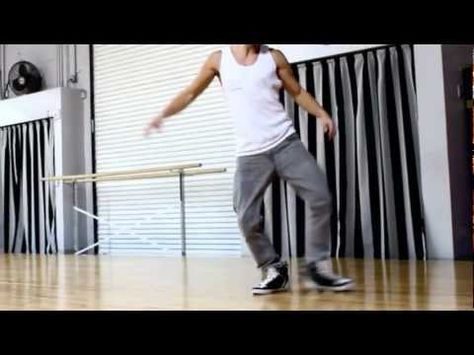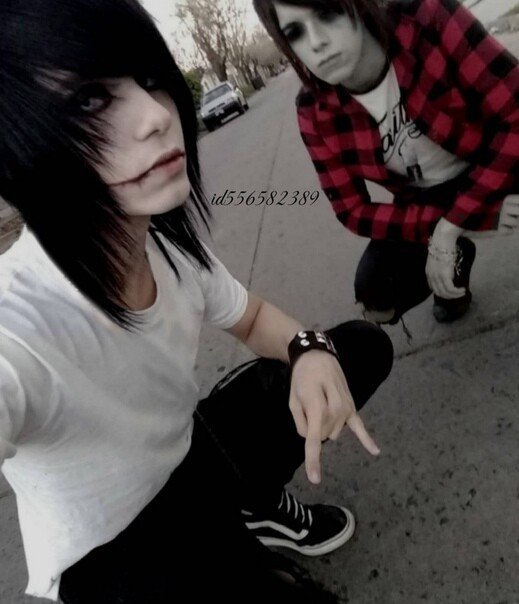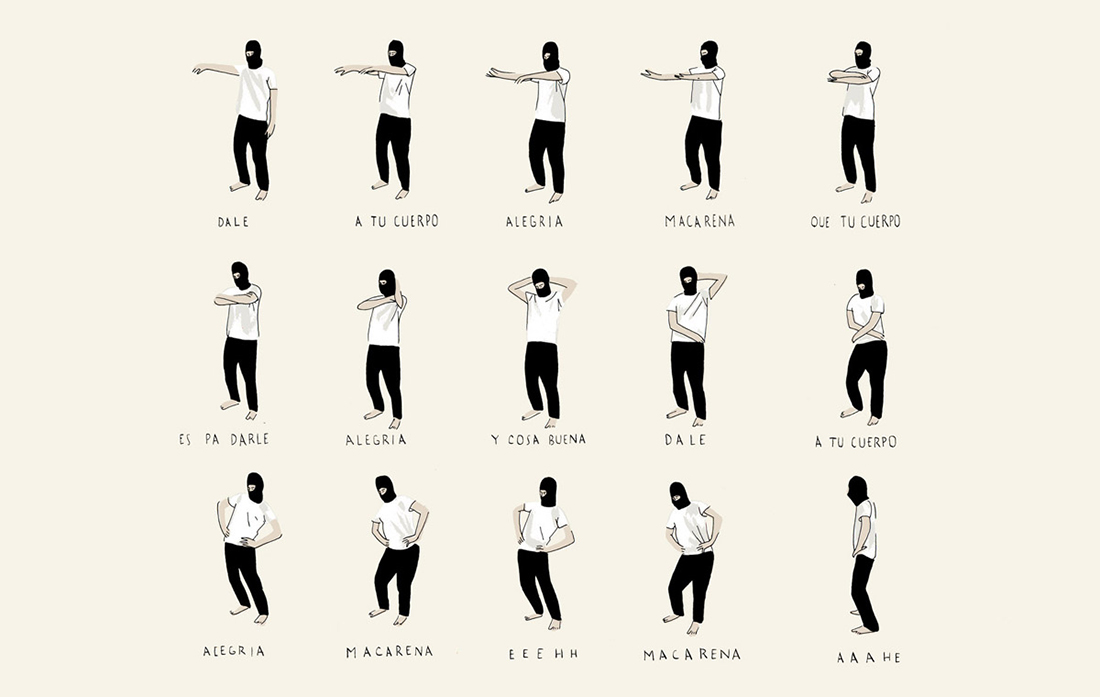How to do the irish step dance
A Brief History of Traditional Irish Step Dancing
Traditional Irish Step Dancing is considered to be one of the parent dance forms of Appalachian Clogging. The corpus of Irish Dance contains both soft shoe dances (the reel, the light-jig, and the slip-jig) as well as hard shoe dances which are percussive (the hornpipe, the treble-jig, and the traditional set dances). A major contributing factor to the evolution of step dancing in the American South was the in-migration of the Ulster-Scots from Ireland in the late 1700s and early 1800s. After migrating to North America, the Ulster-Scots became particularly concentrated in the Appalachian foothills. A composite population, the Ulster-Scots, also known as Scotch-Irish, consisted of people with English and Scottish backgrounds who settled in the Ulster region of Ireland. The dance forms from this part of Ireland most likely bore cultural trademarks from Irish, English, and Scottish traditional dances. In the 18th century, dance teachers known as the “Traveling Dancing Masters” journeyed around Ireland, teaching students Irish dance steps and technique. These Dancing Masters are thought to have taught their pupils the “traditional set dances.” The St. Patrick’s Day dance is one of these traditional dances.
As the footwork of the Ulster-Scots intermingled with the dance styles from the early Native American and African American communities, the technique went through an adaptation process which ultimately led to a blending of stylized percussive footwork, which is exhibited in clogging, and has evolved from casual dancing patterns to sophisticated performance contexts. A common event where dancing was taught and performed was the cèilidh. Cèilidhs were casual, community events where friends and neighbors would gather in someone’s home, barn, or church hall and participate in the local expressive culture. Cèilidhs usually featured cooking, music-making, story-telling, and of course dancing. The early cèilidhs were similar in nature to a “hoe-down” and revolved around the family, neighbors, and the home. They were a primary activity that brought the community members together to celebrate their heritage, their culture, and their traditions.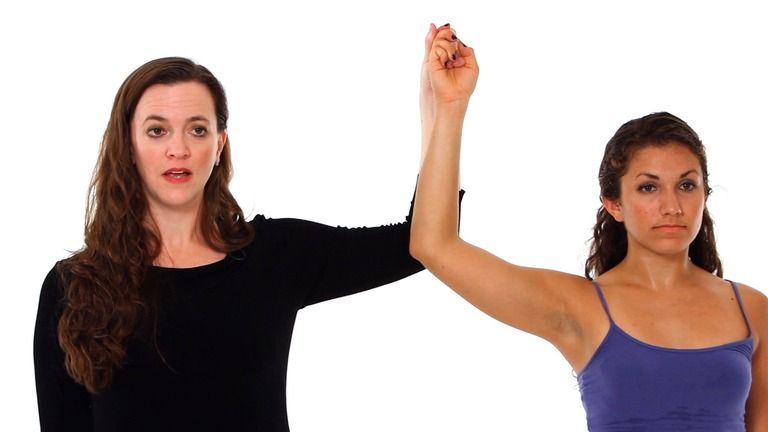
Prior to formal dance classes, children often learned to dance from their parents or their friends. Dancing was ordinary and commonplace, and the home played an integral part in dance transmission. Though it is most likely that the entire family participated in dancing to some degree in its initial stages, currently female dancers make up a large constituent of the contemporary Irish Dance field. Many Irish Dance schools in the United States are owned and operated by female teachers. Jean Butler, who was the lead female dancer in the original Riverdance show with Michael Flatley, has exemplified how successful an Irish-American woman can be in the Step Dance arena. Appalachian percussive dance has evolved from informal dancing to highly stylized footwork and will continue to adapt to keep up with modern performance trends. Whether it is simply tapping your feet under the kitchen table or competing at the Irish Dance World Championships, there is something for everyone to enjoy!
Working with Copper – Demo on the Porch – Saturday, October 8 10:00 – 2:00.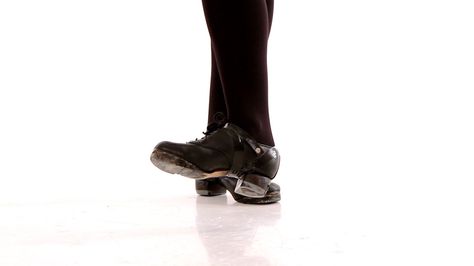 Light coppersmithing using hand tools to make simple flowers and jewelry. You won’t want to miss this presentation.
Light coppersmithing using hand tools to make simple flowers and jewelry. You won’t want to miss this presentation.
~~~~~~~~~~~~~~~~~~~~
Pumpkin Decorating on the Porch for kids with adults – FREE – Saturday, Oct. 29, 12:00 – 2:00
Appalachian Women's Museum
[email protected]
Mail us:
P.O. Box 245
Dillsboro, NC 28725
Visit us:
100 W Home Town Place
Dillsboro, NC 28725
(Open Saturdays 10am to 2pm April - October)
Talk to us:
828-482-5860
If you would like to help with the museum, we have many opportunities to use your talents. Please email us to find out more.
All donations are Tax Deductible. We will send your contribution letter to the email address provided. Thank you for your generous support.
Tax Exempt 501c3 – #27-0760638
Email Us: [email protected]
P.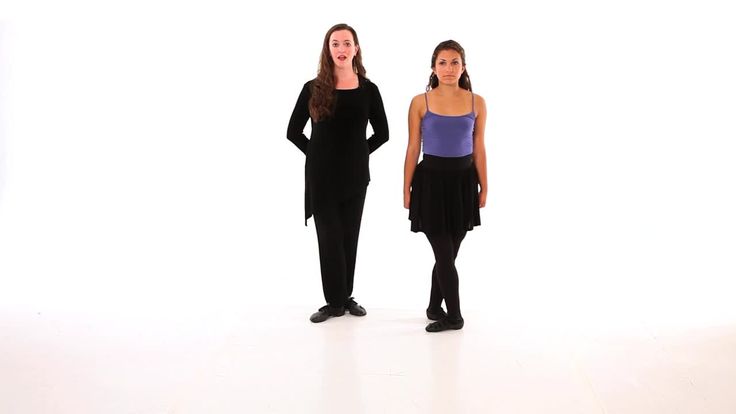 O. Box 245
Dillsboro, NC 28725
O. Box 245
Dillsboro, NC 28725
If you would like to help with the museum, we have many opportunities to use your talents. Please email us to find out more or call 828-482-5860.
If you would like to volunteer, please email us at [email protected]
History of Irish Step Dancing
Irish Dance History from the Claddagh School of Irish Dance
Perhaps the history should begin with the Celtic peoples, also known as the Gaels. These peoples spread over Western Europe including France, Northern Spain, and the British Isles, spreading to Ireland in the 3rd century BC. Saint Patrick introduced Christianity into the country in the 5th century AD. Although little is known about the dancing in this period, the artwork survived and has influenced Irish dance costumes. Many of the designs on current day costumes are based upon illustrated manuscripts of the Bible, the most famous of which is the Book of Kells.
The Viking raids during the 10th century destroyed most of the books in existence; however, it is certain that music and dance played an important part in the Gaelic culture. The Traditional Irish culture continued through the Middle Ages when dances were once again recorded. It is not clear whose dances influenced whom among the Irish, English and French, but it is characteristic that the Irish dances had a faster tempo.
Irish dance and culture continued to evolve and in the mid 1700's, Dance Masters began the tradition of traveling village to village teaching the various dance steps they had created. It is from these teachers that the current day Irish set and ceili dances originated.
The four basic types of modern day Irish music and associated dances are the jig, reel, hornpipe and the set dances. The jig, which was referenced in ancient Ireland, has several variations including the single jig and slip jig. The slip jig is the most graceful of the Irish dances and features light hopping, sliding and skipping. Only women dance the slip jig. Jig music is 6/8 time; slip jigs are in 9/8 time.
Only women dance the slip jig. Jig music is 6/8 time; slip jigs are in 9/8 time.
The reel originated around 1750 in Scotland and the Irish dance masters brought it to its full development. Women and men both dance the reel. Women perform it as a light, rapid soft shoe dance that often includes leaping and always demands a high level of energy. Men usually dance the reel in hard shoes. Reel music is in 4/4 time and is usually danced to a fast tempo.The music accents the first beat.
The hornpipe also began in the mid 1700's and evolved from English stage acts. It was originally danced exclusively by men, but now, both men and women perform this dance.The hornpipe is in 4/4 time and is similar to a slow reel but has accents on the first and third beat.
Set dances are performed by individual dancers to a specific tune with each set dance having its own tune. Some of the tunes are more than 250 years old. Ceili (pronounced Kay-Le) dances are similar to the set dances, however these are performed by a group of dances. A "ceili" is Gaelic for a gathering for music and dance.
A "ceili" is Gaelic for a gathering for music and dance.
The Claddagh School of Irish Dance is owned and operated by Mary Mulvagh Quinn. Mary is a native of Springfield, MA. She began taking Irish dance lessons at the age of 5 at the John Boyle O'Reilly Club in Springfield. Her feet have not stopped since then.
She competed in Irish Dance Competitions throughout New England, New York, Canada and Ireland for many years and has been teaching Irish Step Dancing for over 20 years.
Mary's parents were immigrants from Galway, Ireland where the Claddagh Village is located. In honor of all of the love and support her Mother and Father gave to her during her younger dancing years, Mary has named the school in their memory.
how to dance Irish dances, video lessons
Ireland is an unusual and mysterious country, the unique charm of which is given by evergreen hills, ancient castles, and of course amazing dances. National dances are performed only to Irish music and look very beautiful and spectacular, thanks to the speed of movement and rhythm. Currently, this dance direction is extremely popular in many countries. There are many schools and studios that teach jig, reel or hornpipe, but you can learn how to dance Irish dances on your own. Depending on the technique of performance and the number of participants, the following varieties are distinguished:
Currently, this dance direction is extremely popular in many countries. There are many schools and studios that teach jig, reel or hornpipe, but you can learn how to dance Irish dances on your own. Depending on the technique of performance and the number of participants, the following varieties are distinguished:
- Solo, is a rhythmic and clear movement of the legs, while the body and arms are motionless, one person is dancing.
- Group, performed by a group of up to 16 people, and include elements of solo dances with rebuilding in a circle, line or column and the inclusion of hands.
- Folk or social, characterized by simple quadrille-like movements, danced in pairs.
For those who decide to learn how to dance Irish dances on their own, video lessons for beginners will be an excellent tool. It is better to start with a solo direction, which includes: jig, reel, hornpipe and solo sets.
Jig
Performed to the music of the violin.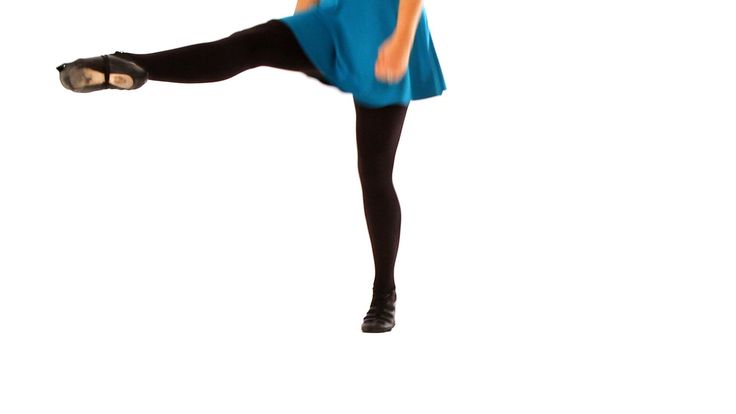 Fun and cheerful jig, consists of traditional jumps and special steps. The jumps are quite high, which makes a lasting impression, but at the initial stage, you should not jump high. First you need to learn how to properly hold the body and press your hands, and most importantly, land softly. Dynamic and spectacular Irish dances can be a serious challenge for beginners.
Fun and cheerful jig, consists of traditional jumps and special steps. The jumps are quite high, which makes a lasting impression, but at the initial stage, you should not jump high. First you need to learn how to properly hold the body and press your hands, and most importantly, land softly. Dynamic and spectacular Irish dances can be a serious challenge for beginners.
Reel
Reel is believed to be of Scottish origin, but has been heavily modified to include true Irish elements. Great for beginners and is usually the starting point for learning how to dance Irish dance properly. May be fast or slow.
Fast paced reels have a set of simple movements, while slow ones are characterized by a more complex set of figures, including high jumps. The technique of execution, depending on the type of footwear, can be soft or hard.
Hornpipe
Includes jumps and tap dance elements, touching the floor alternately with the heel and toe, creates a drumming effect. Hands are usually located on the belt or extended at the seams, and swings are made with a leg bent at the knee. It is performed only in hard shoes and is the most difficult to master. Somewhat similar to the reel, the hornpipe is notable for its particular dotted rhythm and emphasis on the first count. It can also be slow and fast.
Hands are usually located on the belt or extended at the seams, and swings are made with a leg bent at the knee. It is performed only in hard shoes and is the most difficult to master. Somewhat similar to the reel, the hornpipe is notable for its particular dotted rhythm and emphasis on the first count. It can also be slow and fast.
Set solo dances
A distinctive feature is a special set melody, which can be traditional or author's, and differs in its structure from ordinary Irish music. Under such melodies, unique dance compositions are developed, intended for participation in competitions, which will include complex steps and non-traditional elements. From generation to generation in Ireland, the music and steps of solo sets created in the distant past and called traditional are transmitted.
Irish dancing is not only an amazing charge of positive energy and energy, but also a great way to increase stamina and improve physical fitness. Having mastered the basic elements, you can continue to use lessons for beginners to learn Irish dances, or contact a special studio.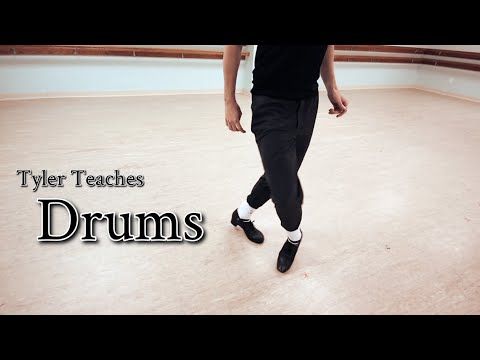 Speed, clarity and rhythm of movements will come with regular practice.
Speed, clarity and rhythm of movements will come with regular practice.
Video lessons
Katrin Selezneva
Teacher of modern and classical dance, participant in international competitions. Teaching activity in dance schools for 8 years.
Irish dancing: features and benefits for the body
In the distant Middle Ages, Irish peasants liked to gather on green lawns to shake themselves up and relax after hard work. The dancers lined up in long lines, danced round dances and even danced with swords...
Irish dance gained world fame after the release of the River Dance and Lord of the Dance shows, as well as after the showing of some foreign films where irish dance was mentioned. Those who have seen with their own eyes how the dancers, lined up in orderly rows, uninterruptedly beat the stage with their feet in heavy shoes, assure that it is simply impossible to sit still! It makes you want to practice the Irish tap dance yourself. Is it possible?
Those who have seen with their own eyes how the dancers, lined up in orderly rows, uninterruptedly beat the stage with their feet in heavy shoes, assure that it is simply impossible to sit still! It makes you want to practice the Irish tap dance yourself. Is it possible?
Of course, yes! Today, Irish dancing is one of the trendy and popular fitness workouts. An ideal option for those who are fed up with shaping, step and want something like that. But before you rush into the dance, it is important to remember that Irish dancing is not just a few hastily learned elements with which you can surprise your friends at the disco. This is a complex system that requires regular training and willpower. For example, to become an Irish dance coach, you need to go through twelve stages of training and devote several years to this business. Only then will you be able to write out Celtic patterns with your feet.
What should you be prepared for?
Irish dance - group.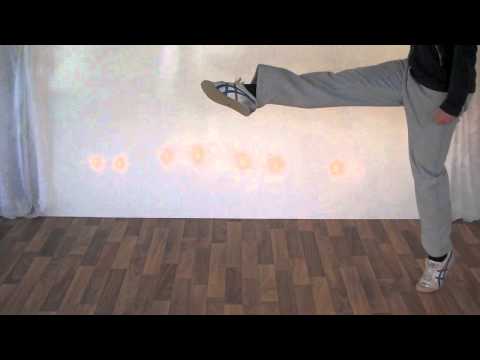 Therefore, in training, you will have to give up any liberties: in collective classes, you will be destined for the role of a cog in a large mechanism. Don't be scared, it's not scary! On the contrary, a group dance gradually develops a sense of partnership, when you feel one whole with other people. Psychologists say that such training is especially useful for those who have difficulty joining the team. Or afraid of communication.
Therefore, in training, you will have to give up any liberties: in collective classes, you will be destined for the role of a cog in a large mechanism. Don't be scared, it's not scary! On the contrary, a group dance gradually develops a sense of partnership, when you feel one whole with other people. Psychologists say that such training is especially useful for those who have difficulty joining the team. Or afraid of communication.
Another curious feature is that it is better not to practice any other dances before starting training. That is, the less prepared you are, the faster you will master Irish choreography.
The thing is that classical choreographic training often gets in the way. In ballet, the feet (as well as the hips) are strongly turned to the sides - here, on the contrary, the legs are always crossed. And forget about the hands.
How's it going?
Training takes place in the middle of a spacious hall, in which there is not a single mirror. Surprising, isn't it? But the mirror in this dance is superfluous, because it distracts the dancer from the learning process. So you can learn about your mistakes only from the teacher, who clearly monitors each student.
Surprising, isn't it? But the mirror in this dance is superfluous, because it distracts the dancer from the learning process. So you can learn about your mistakes only from the teacher, who clearly monitors each student.
The lesson begins with a 10-15-minute warm-up, during which the main muscle groups are warmed up, and then the elements are worked out. Basically, the load falls on the lower part of the legs: calf muscles, feet.
Movement technique
First of all, you need to get used to a rather unusual posture. The Irish dance is performed on the toes (the dancer raises his heels and stands on his toes), the upper body is motionless, the arms are always lowered. The basic rule is fast footwork.
Hard?
Yes, this fitness is not easy. Burns up to 800 calories per hour of exercise! In this case, the load is distributed evenly.
Alas, it will be difficult for those who have been stepped on by a bear.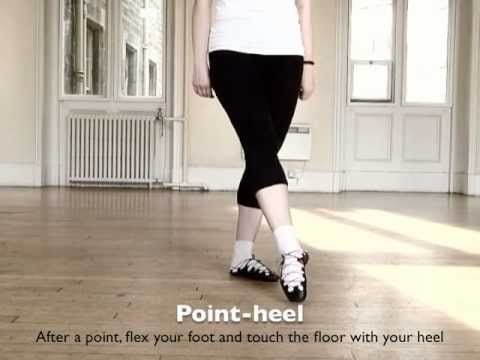 Because Irish music has a clear rhythm and requires the same precise steps. It's important to hit the mark! And in the foot! Therefore, before dancing Irish step, clicking your heels, you will have to memorize all the elements of the dance without music and learn how to beat the count with your feet.
Because Irish music has a clear rhythm and requires the same precise steps. It's important to hit the mark! And in the foot! Therefore, before dancing Irish step, clicking your heels, you will have to memorize all the elements of the dance without music and learn how to beat the count with your feet.
All movements should look light and graceful. And this, to be honest, is not an easy task. Try to rhythmically make elements of breathtaking complexity with your legs, and leave your upper body completely motionless, as if there is nothing difficult for you in this!
"Side" effect
After just a few weeks of training, you will notice how your abs are pumped up and your posture improves. This fitness will give you chiseled calves and smooth thighs.
Suits
What to wear? Imagination draws the dress of a medieval princess. By the way, such fantasies may well come true. Because the costumes of dancers can be safely called a work of art: all the colors of the rainbow, unusual cut and silhouette, lace, embroidery are appropriate here.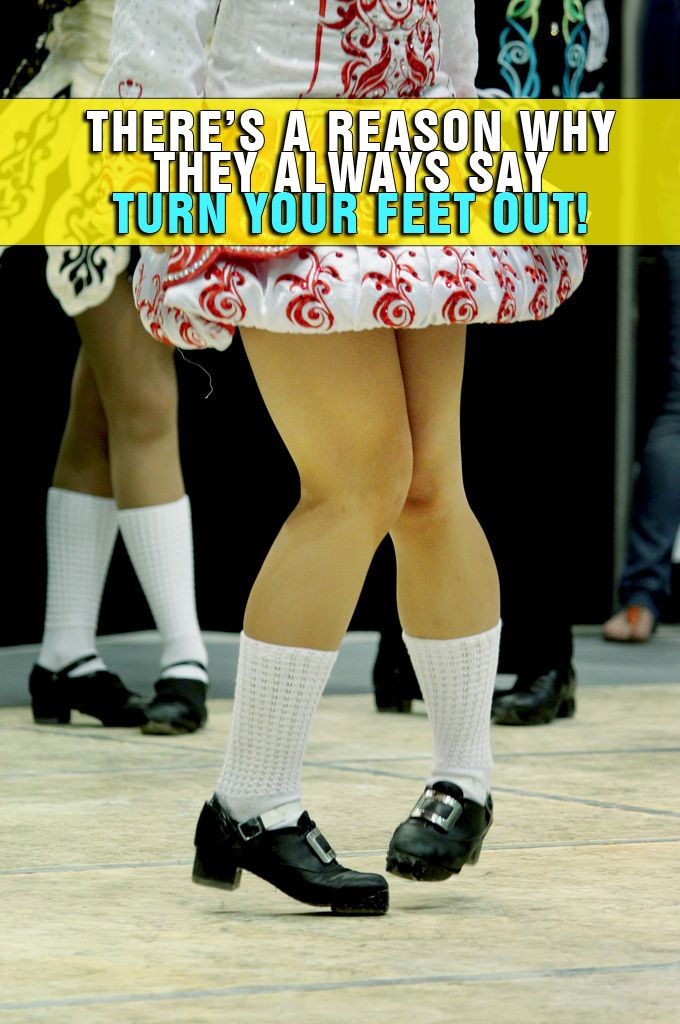
The classic dancer costume in Ireland is as follows: a women's A-line dress with a very stiff skirt above the knee. A train is attached to the left shoulder and right hip with a brooch. On her feet are black or white stockings, high-heeled shoes. The hair of the dancers is curled, sometimes wigs are used, and the hairstyle is decorated with a diadem or an elegant crown. Naturally, we are talking about costumes for concert performances.
For a regular workout, you can wear a top, T-shirt, T-shirt and, of course, breeches. Legs up to the knee must be open, otherwise it will be difficult for the coach to correct possible errors in the position of the legs. Well, at home you can train by throwing on a light short cotton robe or other spacious clothes.
Nothing but advantages
By joining Irish dancing, you will not only learn how to control your body and coordinate movements with unprecedented ease, but also awaken the spirit of competition in yourself.



